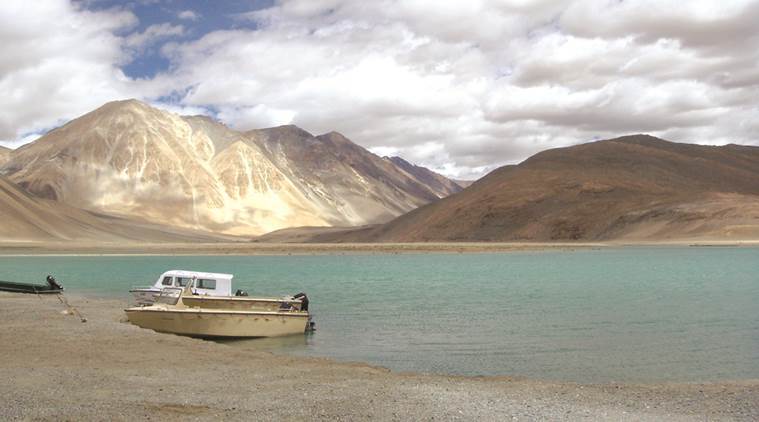 India has been asking for status quo ante, or the troops to move back to their position in April end, before the standoff began, which now has entered its eighth week.
India has been asking for status quo ante, or the troops to move back to their position in April end, before the standoff began, which now has entered its eighth week.
A day after Corps Commanders of the Indian and Chinese armies met to lower tensions along the Line of Actual Control (LAC) in Ladakh, sources said Tuesday that modalities for disengagement had been “discussed and will be taken forward by both the sides”.
The over 10-hour meeting between the Corps Commanders was held at Moldo on the Chinese side of the border, opposite Chushul.
Sources said the talks were held in a positive and cordial atmosphere, and both sides have reached a consensus to disengage. Both sides, sources said, even discussed modalities for disengagement to be taken at all points where there has been friction between the two sides.
Sources said that “modalities for disengagement from all friction areas in Eastern Ladakh were discussed and will be taken forward by both the sides”.
The talks between XIV Corps Commander Lt General Harinder Singh and South Xinjiang Military District Commander Major General Liu Lin were held at Moldo “in a cordial, positive and constructive atmosphere”, sources said. “There was a mutual consensus to disengage,” sources said.
Since both the meetings between the Corps Commanders, the one on Monday and the one on June 6, were held at Moldo, it indicates that the meeting was called by People’s Liberation Army of China. It is the closest BPM to Pangong Tso, which has been one of the main points of friction between both sides.
At the previous meeting of the Corps Commanders on June 6, it had been decided that lower-level commanders will discuss the ground details for disengagement, and there had been continued talks at the level of Colonels, Brigadiers and Major Generals. Army Chief General MM Naravane had even stated that some disengagement had begun in Galwan Valley. But the situation became vexed after violent clashes between the troops from both sides on June 15 evening, which left 20 Indian troops dead. Indian Army had said that China too had suffered casualties in the violent faceoff, a first in 45 years.
At the June 6 meeting, China had refused to accept India’s contention about the Chinese troops occupying the finger area in the north bank of Pangong Tso. Since May Chinese troops have built substantial infrastructure and presence up till Finger 4, which is 8 km west of Finger 8 which India says Mark’s the LAC.
India has been asking for status quo ante, or the troops to move back to their position in April end, before the standoff began, which now has entered its eighth week.
Another point of concern for India, which has been conveyed to China, has been the massive military build-up, with additional troops and military equipment including radars, jammers etc in the depth areas by China in eastern Ladakh. India has matched this build-up, along the entire 3488-km long LAC across all sectors, and will mirror it till Chinese troops move back. However, apart from eastern Ladakh, the troops from both sides are not involved in a faceoff in any other sector.